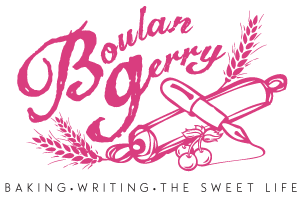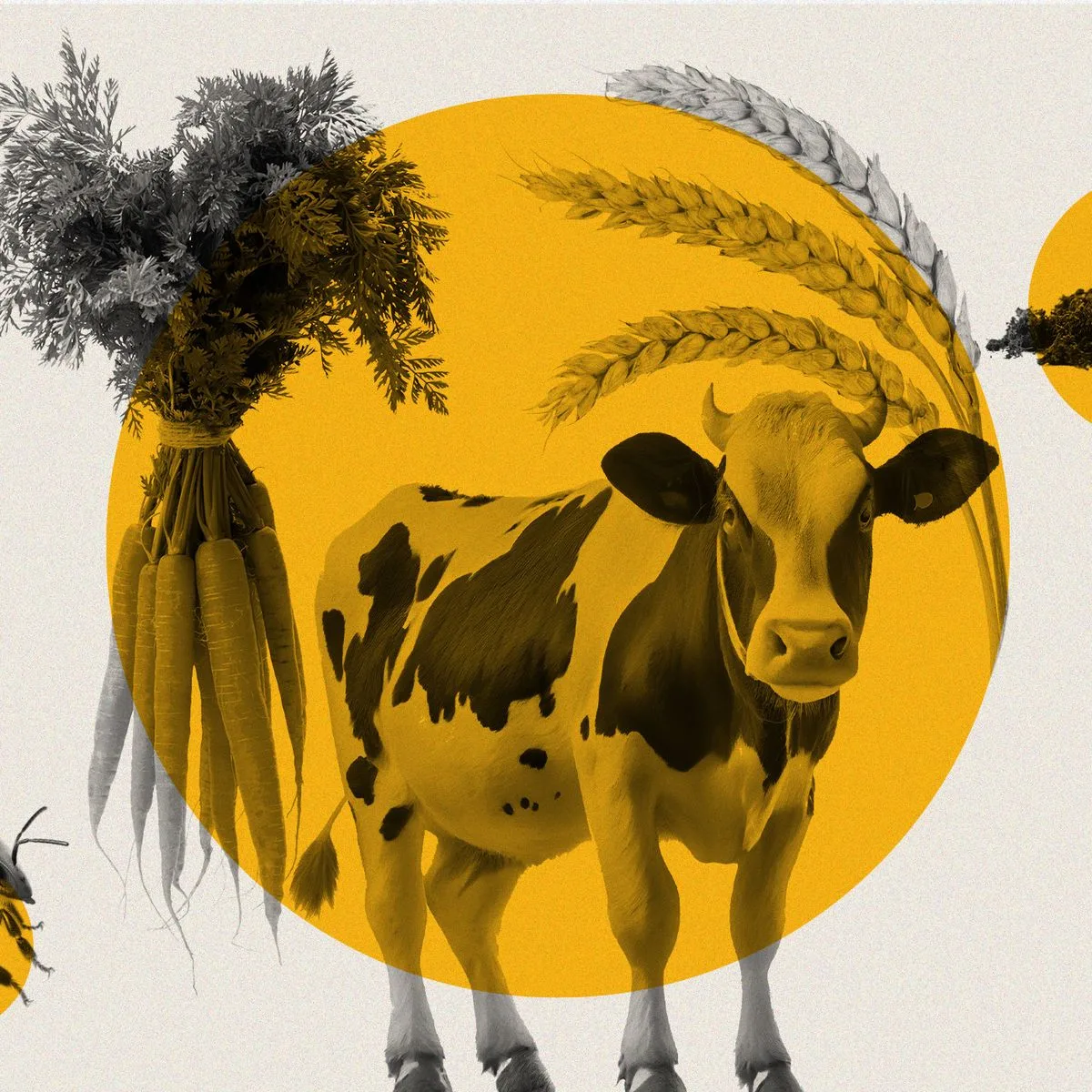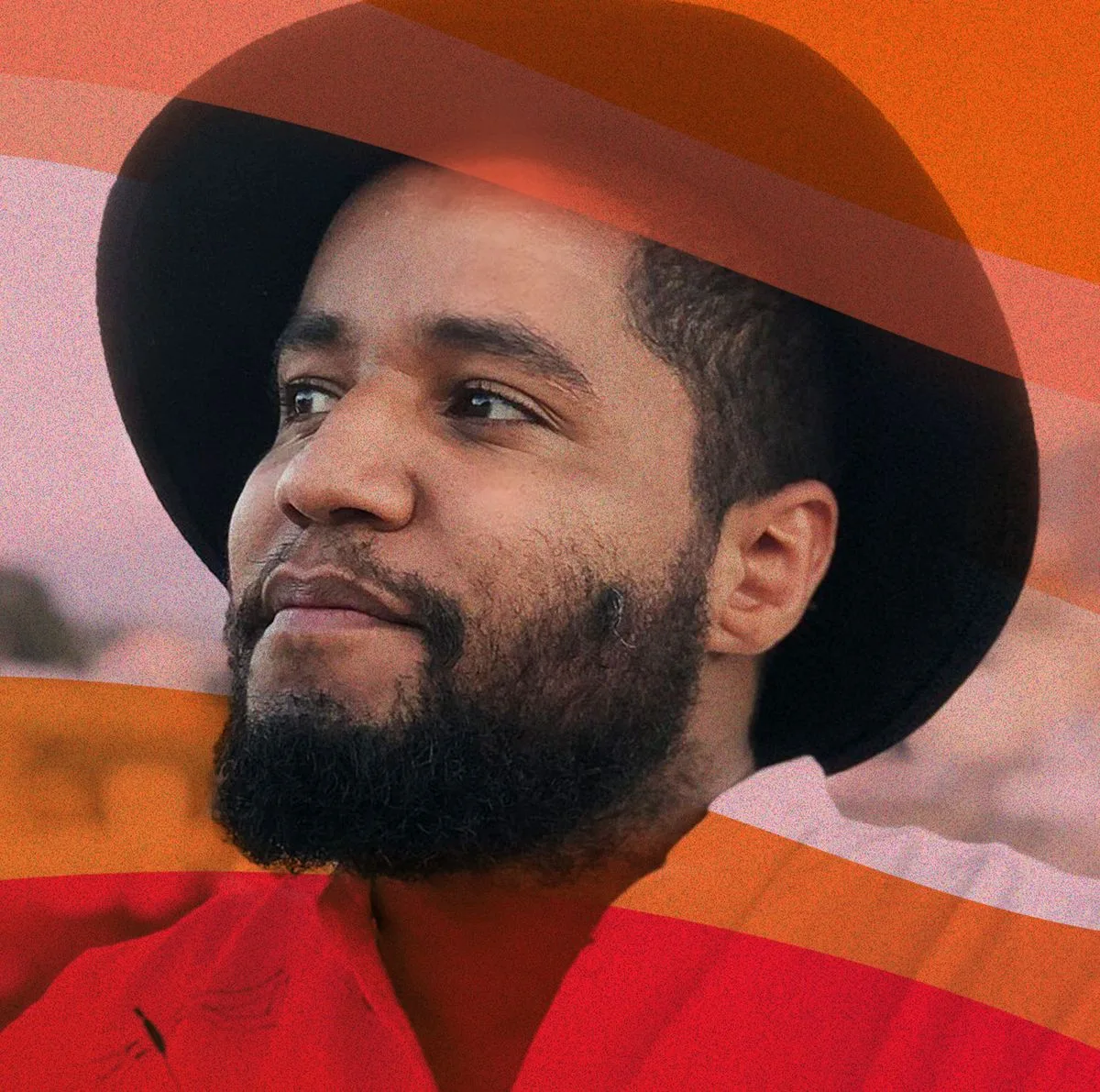The year was 1924. President Calvin Coolidge delivered the first White House radio broadcast. The Kimberly-Clark corporation introduced facial tissues to the public as the brand Kleenex. And astronomer Edwin Hubble revealed that the Milky Way is but one of many galaxies in the universe.
During that same year, the cheeseburger as we know it was invented in the city of Pasadena — or at least the first instance of the dish being served to a customer was documented. Ahead of the city’s centennial Cheeseburger Week celebration from January 21 to January 27, I visited Pasadena to learn more about the Southern California destination’s much-ballyhooed connection to the between-two-buns icon.
While Pasadena is known as the City of Roses, its claim to fame extends beyond the annual Rose Bowl game and Tournament of Roses Parade.
Located to the northeast of Los Angeles, the city is the birthplace of Julia Child, America’s first culinary celebrity, and home to NASA’s Jet Propulsion Laboratory, which put rovers on Mars.
With this year’s milestone cheeseburger centennial, Pasadena Chamber of Commerce President and CEO Paul Little hopes that the cheeseburger inception is further recognized alongside the city’s other historic hallmarks. “There’s a lot that happens here,” Little says, “and it’s a great place to have a cheeseburger.”
As the legend goes, 16-year-old Lionel Sternberger was working at his father’s sandwich shop the Rite Spot when he found himself in a pickle. “There are a couple origin stories,” explains Little, who helped organize Pasadena’s first annual Cheeseburger Week in 2012. “My favorite is that Sternberger burned a burger on the grill, and rather than throw it out and risk the ire of his father, [he] put a piece of cheese on it to cover up the burnt patty.”
The other version is that a customer asked for as many toppings on his burger as he could get for 15 cents, inspiring young Sternberger to add a slice of cheese. The price of that meal is central to this bit of history for proof of the cheeseburger’s provenance; there are counterclaims for the title in Colorado, Indiana, and Kentucky dating back to the 1930s.
While it’s not exactly a birth certificate, the Pasadena Museum of History does have a menu from the Rite Spot predating those other places with a listing for the “Aristocratic Hamburger, the Original Hamburger with Cheese” for 15 cents.

Since its launch, Cheeseburger Week has become a rallying point for Pasadena’s restaurant community. While the Rite Spot no longer exists, several other eateries have stepped up to celebrate the area’s cheeseburger connection.
“Anybody can take part,” Little says. “You don’t even have to serve cheeseburgers.” That’s why in years past a local Japanese chef devised a sushi burger. Or how Yucatan restaurant El Portal was inspired to craft its Zacatecas burger, which features a patty made from beef, pork, and chorizo served on a telera bread roll. “I pretty much get it every Cheeseburger Week,” Little reveals, “because they do it only once a year.”
During the event’s Cheeseburger Challenge, diners vote online for their favorite — not necessarily the best — cheeseburger in categories such as gourmet, lunch counter, traditional, and innovative. The results of the poll double as a handy guide for gourmands wishing to tackle Pasadena’s many cheeseburgers. A few restaurants repeatedly top the charts, such as the nationally acclaimed Pie ’n Burger.
Built in 1963, the cash-only diner Pie ‘n Burger seats no more than three dozen people at a time and sports a long counter where customers can see burgers flipped, pies sliced, and hand-dipped milkshakes spun. The menu is stripped of adornment, and the cheeseburger is as classic as it gets: patty, lettuce, tomato, pickles, onion (raw or grilled) with homemade Thousand Island dressing — a textbook rendition both juicy and piled high.
In a sign of changing times, Pie ’n Burger also offers the option for a turkey or vegetarian patty aside from the usual USDA Prime beef. “It is a California traditional burger,” describes owner Michael Osborn. “Everything is hand-done. It’s not done by a machine.”

Osborn’s journey into the restaurant adds to its charm. He first ate there as a 9-year-old, then joined the cooking staff part-time while in college. Eventually, he worked his way up the chain before buying the place from the original owners when they retired. Now at the helm for nearly four decades, he’s committed to ensuring regulars and newcomers take a bite of nostalgia. “The recipes really haven’t changed,” Osborn says. “I am very true to the tradition of Pie ’n Burger.”
Pie ’n Burger will be part of the Cheeseburger Passport program debuting at the 100th anniversary. In essence, the more places that diners hit up in Pasadena, as demonstrated by the cheeseburger passport stamps they collect, the bigger the prize they may win at week’s end.
Other centennial activities planned include a food walking trail through Old Town Pasadena led by either a guide or digital map. Work up an appetite by starting slightly out of town at 1500 West Colorado Boulevard, where the Rite Spot once stood. The site is indicated by a plaque honoring the origins of the cheeseburger. Then, head to popular local hangout Kings Row Gastrobpub for the signature 50/50 Burger, a combination of beef ground with bacon, producing an intensely savory patty.

Another hometown hero celebrating Pasadena’s place in burger history is the first location of Dog Haus, the nationwide chain of gourmet hot dogs and hamburgers with humble beginnings in the city. All their burgers come squished between King’s Hawaiian sweet rolls, making them conveniently shareable if cut into sliders.
Other innovative varieties at Dog Haus include the Little Mule, with avocado, cotija cheese, fried egg, and pickled jalapeños; the Holy Aioli, punctuated by caramelized onions and garlic aioli; plus, the standout onion ring-stuffed Ringer, with barbecue sauce and bacon.
The most lavish burger to try during the centennial celebration will no doubt be the Royal Royce.

Created by a trio of chefs at The Langham Hungtington for the hotel’s Royce steakhouse, the $100 surf-and-turf showstopper features a USDA Prime beef mix of 60 percent short rib and 40 percent brisket topped with a butter-poached lobster tail, smoked chanterelle mushrooms, raclette fondue, and truffles shaven tableside — all hugged by a charcoal brioche sprinkled with gold leaf.
When I took my first bite, I found each component to be brilliantly conceived and elegantly executed. The Royce chef de cuisine Jorge Delgado and sous chef Robert Martinez settled on the specific blend because other options, such as Wagyu, tasted too much like steak. “This was way softer,” Martinez told me.
There was also the issue of seasonality. The hotel’s executive chef Denis Depoitre considered what would be available in January, so white truffles gave way to black truffles, and chanterelle mushrooms were favored over porcini. “We had to think about how,” Depoitre says, “to make a $100 burger make sense.”
I suspect young Lionel Sternberger could have never imagined 100 years ago that his cheesy creation would have led to such an extravagant evolution.



